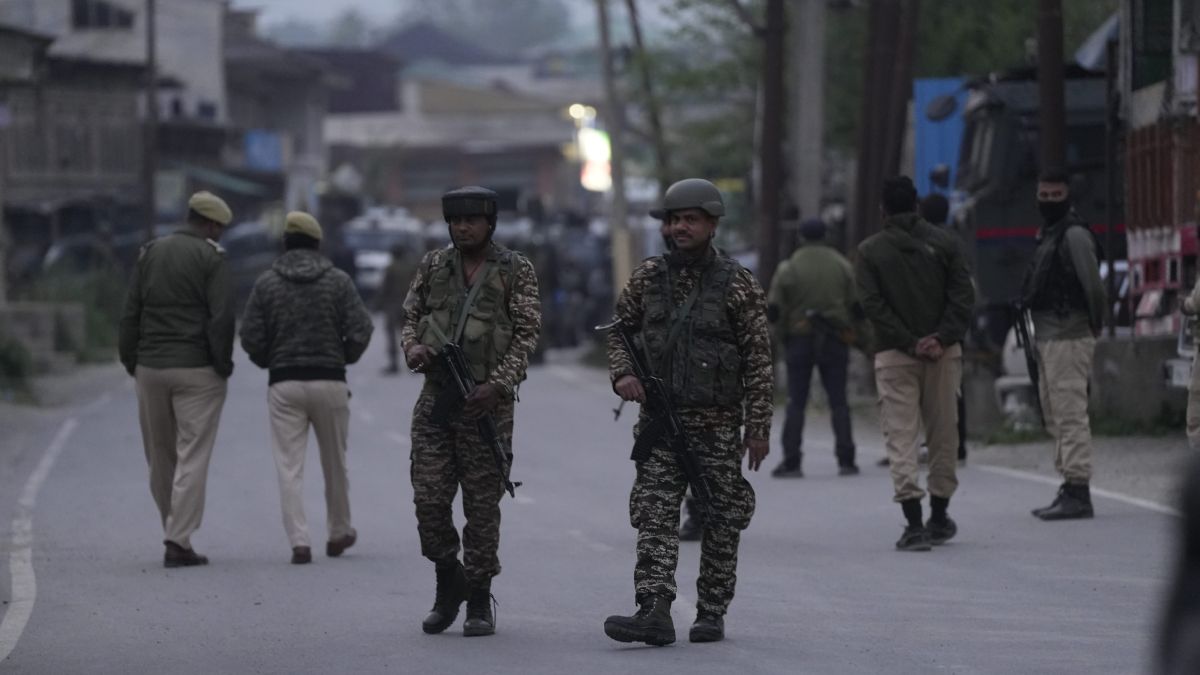'Operation Sindoor' is India’s response to Pakistan’s proxy war with Jaish-e-Mohammed and Lashkar-e-Taiba as fronts

The Indian security establishment says that Pakistan’s proxy war can only be countered by neutralising its front outfits and its old and new faces. Hence, in a timeline almost like that of the Balakot air strike, the response to the Pahalgam terror attack was delivered.
The Balakot air strike happened on February 26, 2019, twelve days after the Pulwama terror attack on February 14. The May 7 missile strikes came 14 days after the terrorist attack on tourists in Baisaran Valley, near Pahalgam, on April 22, 2025.
The strategy was to have a precise and targeted counter-offensive on terror proxies and the targets were the same—the Jaish-e-Mohammed (JeM) and Lashkar-e-Taiba (LeT) camps. The first camouflage used by both organisations is proxies like The Resistance Front, which had initially taken credit for the Pahalgam attack. JeM and LeT send foot soldiers under these proxies into Jammu and Kashmir.
READ MORE: Operation Sindoor: India launches air, land strikes on 9 terror bases in PoK, Pakistan
The second camouflage used by the terror outfits is the charity organisations and facilities set up within Pakistan and Pakistan-occupied Kashmir (PoK). These organisations offer a screen from the international community and Indian forces, who are mapping terror organisations.
“Whether it is Bahawalpur, Muridke, Bhimber or Muzaffarabad, the terror proxies have their net spread wide within the civilian population, too,” sources said. They added that all proxies originate from LeT and JeM, which have the proven capability to create terror nerve centres within Pakistan and PoK.
Security agencies believe Muridke is the headquarters of LeT patron Hafiz Saeed, while the JeM top brass shuttle between their headquarters in Bahawalpur and Rawalpindi, where its head Masood Azhar was kept in a safe house.
The LeT operations in Muridke have been notorious for their indoctrination and training of 26/11 terrorists like Ajmal Kasab. Saeed has been lying low due to international pressure, especially in the wake of the recent India-US cooperation that led to the extradition of LeT ideologue Tahawwur Rana.
Azhar, too, has been lying low due to international pressure and the crackdown by the Financial Action Task Force on Pakistan. Azhar, who was a prisoner in India, was released in exchange for passengers on board the hijacked flight IC-814. He was released in Kandahar, from where he moved to Pakistan and formed the JeM in 1999.
While Pakistan has consistently claimed that Azhar’s whereabouts were not known, Indian agencies did not lose sight of the terror infrastructure and fluidity between the terrorist groups under the two main umbrella outfits.
Defence